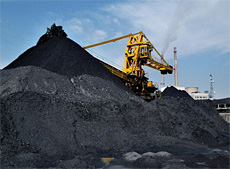Looking for more insights?
Sign up to stay informed about our latest article releases.
While environmentalists around the world balk at the mere thought of the pollution it causes, coal is critical for China. Roughly 80% of the country’s electricity is generated through coal combustion, says Edward Steinfeld, a political science professor at Massachusetts Institute of Technology. Last year, Steinfeld helped carry out the first independent survey of Chinese power plants in order to get a handle on how effectively they are using coal while responding to environmental and economic pressures. In an interview with China Knowledge at Wharton, he discusses the survey's preliminary findings, including how China could become the global standard-setter for cleaning up coal.

Sign up to stay informed about our latest article releases.